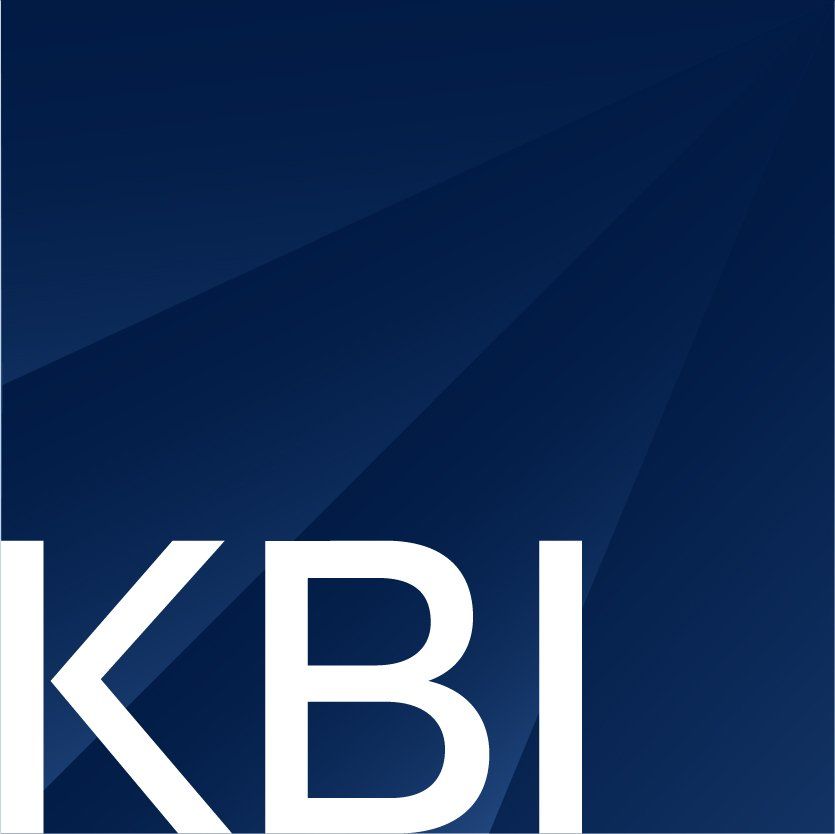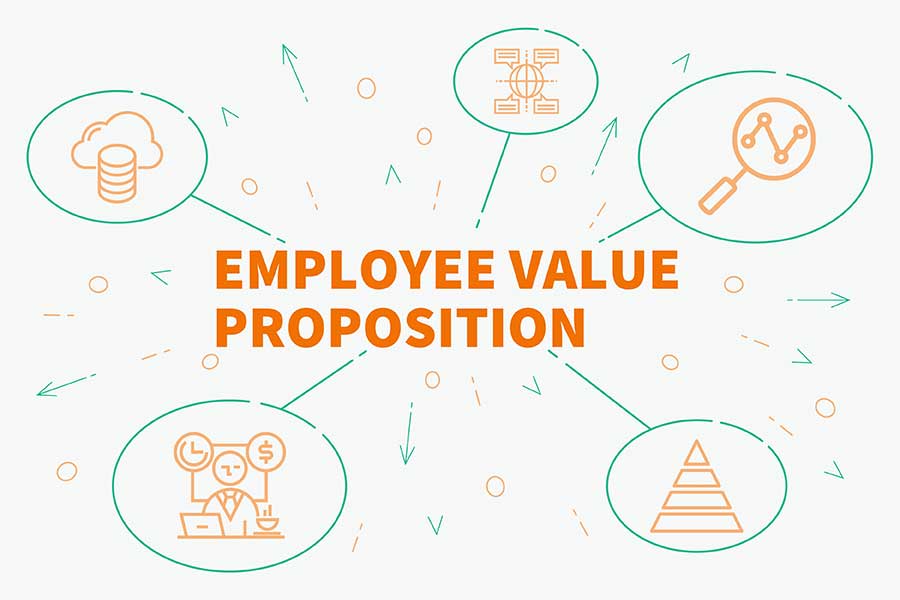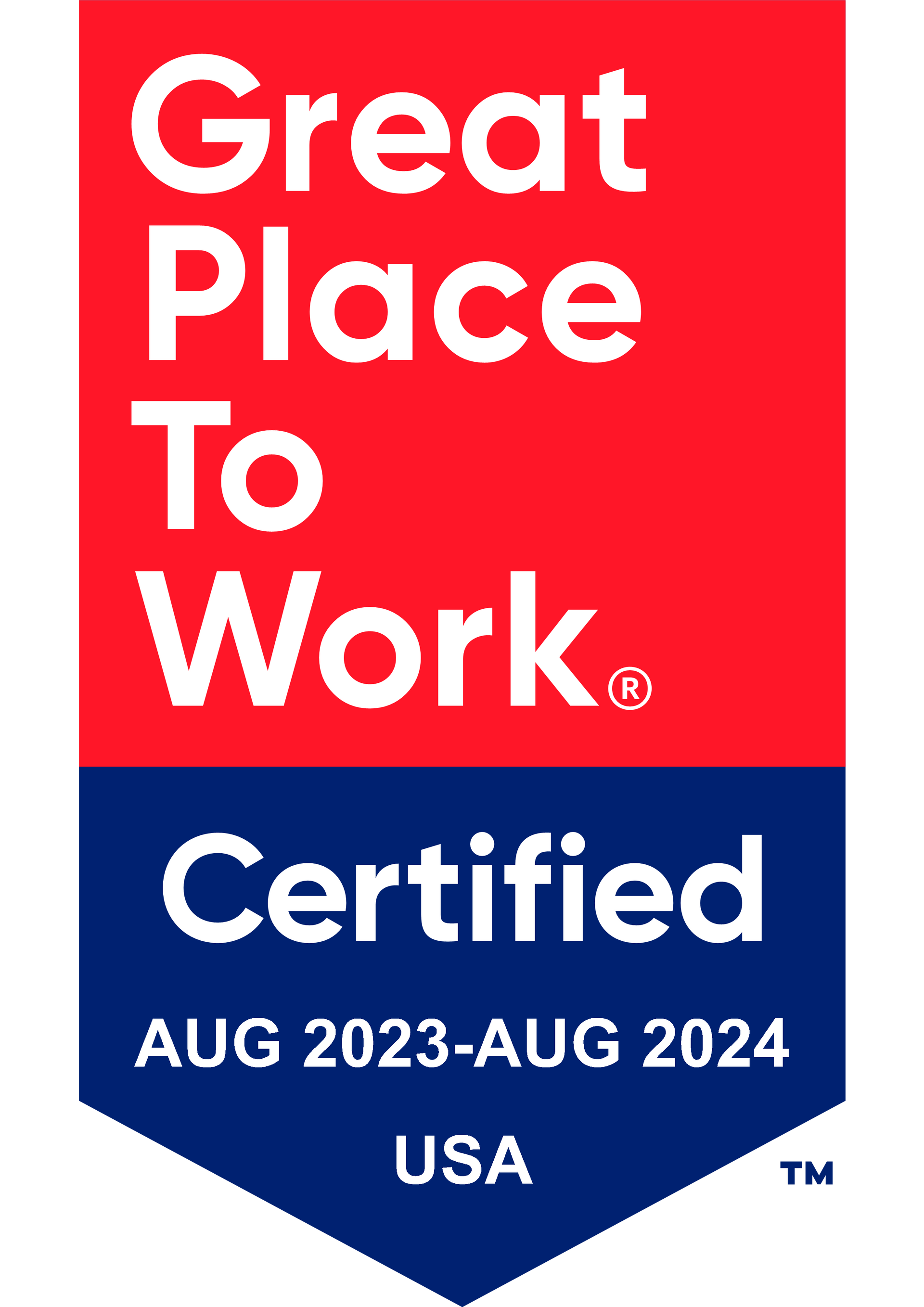
Why Your Employee Value Proposition Matters
WHAT IS EMPLOYEE VALUE PROPOSITION (EVP)?
An employee value proposition (EVP) is offered by organizations to employees for their skills and experiences. One component of an organization’s EVP is the benefits it offers to its employees. In a Society for Human Resource Management study, nearly 90% of participants reported that benefits impacted their overall job satisfaction, and one-third considered leaving their current employer in the next 12 months for a job with better benefits. There’s no denying that good benefits help attract and retain employees in a competitive job market.
Given that the cost of healthcare is a leading cause of stress for Americans, medical benefits are still a priority for employees. If an unforeseen medical event occurs, employees want to know that they and their dependents are taken care of without the extra stress of having to wonder how they’re going to cover their medical expenses.
With the cost of medical insurance on the rise, however, businesses of all sizes — especially small businesses — must find creative ways to offer cost-effective health benefits to employees. Fortunately, there are health reimbursement accounts, health savings accounts, medical expense reimbursement plans, and high-deductible plans that can make providing employee health benefits more affordable. There are also additional affordable benefits that employers can offer to attract and retain employees as part of their EVP.
An employee value proposition (EVP) is offered by organizations to employees for their skills and experiences. One component of an organization’s EVP is the benefits it offers to its employees. In a Society for Human Resource Management study, nearly 90% of participants reported that benefits impacted their overall job satisfaction, and one-third considered leaving their current employer in the next 12 months for a job with better benefits. There’s no denying that good benefits help attract and retain employees in a competitive job market.
Given that the cost of healthcare is a leading cause of stress for Americans, medical benefits are still a priority for employees. If an unforeseen medical event occurs, employees want to know that they and their dependents are taken care of without the extra stress of having to wonder how they’re going to cover their medical expenses.
With the cost of medical insurance on the rise, however, businesses of all sizes — especially small businesses — must find creative ways to offer cost-effective health benefits to employees. Fortunately, there are health reimbursement accounts, health savings accounts, medical expense reimbursement plans, and high-deductible plans that can make providing employee health benefits more affordable. There are also additional affordable benefits that employers can offer to attract and retain employees as part of their EVP.
TRADITIONAL GROUP HEALTH INSURANCE
A traditional group health insurance plan is what we typically think of when we think of medical benefits. In this plan, companies offer insurance to employees and their dependents. Businesses pay a fixed premium for the policy and usually share premium costs with employees. Employees are also responsible for the plan’s deductibles and co-payments. The cost of traditional group health insurance can be costly for businesses, with the average total cost of covering health insurance for employees and their dependents expected to increase 5% in 2020 to approximately $15,000.
Traditional medical benefit plans can take on different forms. Some organizations offer the more traditional co-pay plan, where the employee pays a set amount each time the doctor is visited or medical services are received. These plans are often accompanied by a flexible spending account (FSA), where funds can be contributed on a pre-tax basis to cover qualified medical expenses throughout the year. Due to their lower-cost, more organizations are offering high-deductible plans with an health savings account (HSA) or health reimbursement account (HRA).
SELF-FUNDED HEALTH INSURANCE
When businesses choose to self-insure, they have self-funded health insurance. This means that they pay for each out-of-pocket claim as it is submitted instead of paying an insurance company any premiums. A trust fund is often used to earmark money, and a stop-loss policy is set-up to limit business risk. Third-party administrators manage filings and claims. Self-insurance can save businesses more money than traditional plans, but can also be risky if large, unexpected claims surface, which is why small businesses often avoid them.
HEALTH REIMBURSEMENT ACCOUNTS (HRAS)
An HRA, also referred to as a health reimbursement arrangement or health reimbursement account, is an employer-funded, IRS-approved health benefit that employers provide to employees to reimburse health insurance premiums and approved out-of-pocket medical expenses. HRAs are also tax-advantaged benefits.
HRAs are an excellent way for employers to offer health benefits and also allow employees to spend the money on a variety of approved expenses not covered by health insurance. Because employers can choose the amount they provide to employees through the HRA, it’s a good option for small businesses that can’t afford traditional medical insurance plans.
There are several HRAs available, including individual coverage HRA, group coverage HRA, qualified small employer HRA, excepted benefit HRA, retiree HRA, and dental/vision HRA. Regardless of the type, all HRAs have limits set by the IRS. They also have a similar structure, with all HRAs sharing these features:
- The employer sets the amount allowed.
- The employee makes purchases.
- The employee submits proof of expenses.
- The employer reviews the documentation.
- The business provides reimbursement.
QUALIFIED SMALL EMPLOYER HRA (QSEHRA)
A QSEHRA is for employers with fewer than 50 employees. It is fully customizable for the employer. When employees enroll in an individual health insurance plan, they are reimbursed up to the allowance amount from the QSEHRA. Employees can also receive reimbursement for allowable expenses. Reimbursements are payroll tax-free and can be income-tax-free for employees if specific plan criteria are met. There are reimbursement limits set by the IRS for a QSEHRA.
INDIVIDUAL COVERAGE HRA (ICHRA)
The ICHRA is very similar to the QSEHRA, differing only in the employee count limitation. The ICHRA does not have contribution limits, and different allowance amounts can be set for different employee classes.
GROUP COVERAGE HRA
A group coverage HRA is often offered by employers who also offer a high deductible health plan (HDHP). The group coverage HRA can help offset the cost for employees due to the high-deductible of the group health plan.
EXCEPTED BENEFIT HRA
An excepted benefit HRA is not required to be an integral part of a major medical plan. However, it does need to be offered with an option to enroll in a non-excepted group health plan. Enrollment in the group health plan is not required to participate in the excepted HRA. Contributions cannot exceed $1,800 annually, and they cannot be used to reimburse health plan premiums. They can be used for medical care expenses, excepted benefit premiums, and COBRA coverage.
RETIREE OR RETIREMENT HEALTH REIMBURSEMENT ARRANGEMENT (RHRA)
With the cost of medical expenses increasing, it can be challenging for retirees to cover medical expenses. Allowed under IRS Code Section 213(d), an RHRA provides employers the opportunity to offer tax-free money for qualified medical expenses incurred in retirement.
DENTAL OR VISION HRA
As the name implies, a dental or vision HRA is used to pay for incurred dental and vision expenses. This might be offered by employers who don’t offer vision or dental insurance.
HEALTH SAVINGS ACCOUNT (HSA)
A high-deductible medical plan often accompanies health savings accounts. They can cover allowable health-related expenses, including deductibles, co-pays, prescriptions, and more on a tax-free basis. HSAs are administered by a third party in conjunction with the medical plan. A benefit of HSAs is that they also can serve as a savings account. In some plans, leftover funds can be transferred into a 401(k). Furthermore, when an employee exits a company, they can transport their HSA with them — once contributed, the money in an HSA is theirs until it’s spent. Unlike FSAs, the funds in HSAs are not lost at the termination of employment or the end of the year. Employers also have the option to contribute to an employee’s HSA, making it an even more appealing option for the employee.
MEDICAL EXPENSE REIMBURSEMENT PLAN (MERP)
The MERP allows employers to cover a portion of their employees’ coinsurance, health insurance deductibles, co-payments, and other qualified medical expenses. This funding is tax-free. Costs are reimbursed after they’ve occurred. Similar to HRAs, MERPs can make a good pairing with high-deductible health insurance plans.
DENTAL INSURANCE
Dental care is essential, and the price of dental care can be excessive when major procedures are required. Employees expect to see a dental insurance option for the employee and dependents almost as much as they expect to see some type of medical insurance offered by employers.
VISION INSURANCE
Though vision insurance is about as glamorous as dental insurance, it’s still an expectation of employees. It’s relatively low-cost, and for those who do need glasses or contacts, it can pay off in the long run. A single provider will often offer dental and vision benefits.
OTHER BENEFIT OFFERINGS TO SUPPORT EVP
In addition to health benefits, there are other benefits employers can offer that will pique employees’ and candidates’ interests. Some of these offerings include paid time off, life insurance, retirement savings plans, mental health benefits, tuition reimbursement, and company perks.
PAID TIME OFF AND LEAVE
Employees use paid time away from work to take care of themselves, recharge, and take care of others. Offering the standard two weeks of paid time off (PTO) for new hires will be appreciated by prospective employees. It’s also common practice to provide service credit for relevant industry experience for new hires. Bereavement leave and PTO for volunteers are additional types of leave that employers offer. Employees appreciate it when these types of leave don’t cut into their PTO for sick and vacation time.
LIFE INSURANCE
Life insurance is another benefit that provides employees with peace of mind. There are various group life insurance plans that organizations can offer at affordable prices to the company. Many companies provide a portion of life insurance that’s free to the employee. If desired, the employee can also purchase additional coverage.
RETIREMENT SAVINGS PLANS
In addition to medical benefits, employees generally expect some kind of retirement savings plan, such as a 401(k). A 401(k) allows for employees to create financial security for the future. Many organizations match a certain percentage of the employee’s contribution, with the employer’s contribution vesting over a certain period of time. Discretionary contributions can also be provided by the employer, even if the employee doesn’t participate in the 401(k). There are IRS maximum contribution limits per year for 401(k)s.
MENTAL HEALTH BENEFITS
With anxiety and depression costing a global $1 trillion in lost productivity, unsupported mental health can be costly. Employers are now offering mental health benefit programs to support the psychological well-being of employees. Some options for employers include providing an on-site mental health professional and offering access to a practitioner at a clinic close to the organization’s offices.
TUITION REIMBURSEMENT
Tuition reimbursement benefits both the employee and the employer. The employee gets part of their degreed program paid for, and the company benefits from the professional grooming of the employee, since most employer programs require that the reimbursement be approved for position-related degrees. Most programs also require that the employee pay the reimbursement money back to the company if they leaving within a specified time after acquiring the degree. The IRS does set limits on how much an employer can reimburse the employee per year.
COMPANY PERKS
Some might argue that there is a difference between benefits and perks. From the employee’s perspective, however, a perk is often considered a benefit of their employment. Examples of company perks include pet-friendly benefits, family-friendly perks, flexible schedules and telecommuting, cell phone reimbursement, free and healthy office lunches, health and wellness programs, student loan debt support, and financial wellness programs. These types of perks are often relatively low-cost to the employer, but they can make a huge difference when they are part of the EVP.
COMPENSATION AND BENEFITS ARE AN INTEGRAL PART OF THE EMPLOYEE VALUE PROPOSITION (EVP)
When managers discuss the organization’s employee value proposition model, compensation and benefits should rank high on the list of what to include and consider. Although the cost of offering benefits is understandably a factor, with the many health benefit offerings available in the current marketplace, it’s possible for employers to get creative and offer a comprehensive benefits package that won’t affect the bottom line too much. In doing so, employers will support and retain their employees while also attracting new candidates.
Add additional low-cost perks, and the EVP will continue to excite current and prospective employees. Regardless of the size of the organization, a good EVP shows employees that they matter, too.




